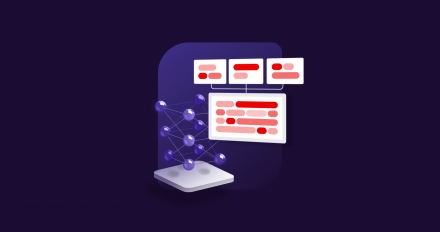
Integrate vLLM inference on macOS/iOS using OpenAI APIs
Discover how to communicate with vLLM using the OpenAI spec as implemented by the SwiftOpenAI and MacPaw/OpenAI open source projects.

Discover how to communicate with vLLM using the OpenAI spec as implemented by the SwiftOpenAI and MacPaw/OpenAI open source projects.
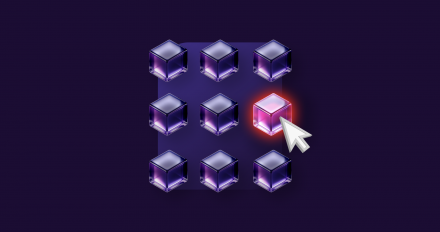
Discover how model compression slashes LLM deployment costs for technical practitioners, covering quantization, pruning, distillation, and speculative decoding.
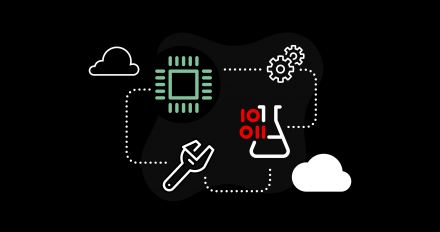
This article introduces Models-as-a-Service (MaaS) for enterprises, outlining the challenges, benefits, key technologies, and workflows. (Part 1 of 4)
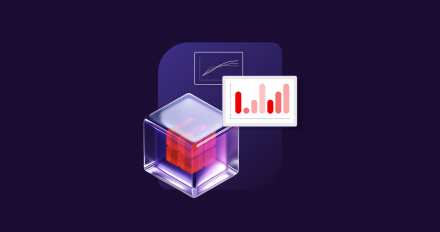
Learn how to evaluate the performance of your LLM deployments with the open source GuideLLM toolkit to optimize cost, reliability, and user experience.
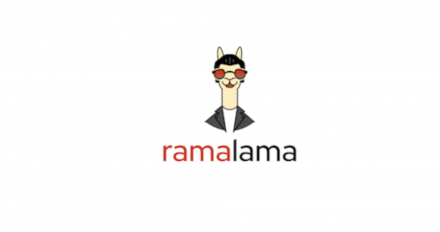
RamaLama's new multimodal feature integrates vision-language models with containers. Discover how it helps developers download and serve multimodal AI models.
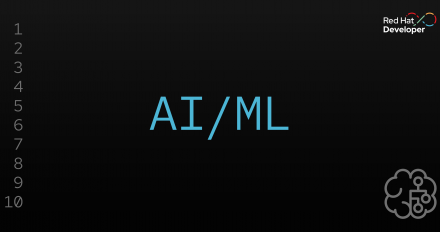
Integrate Red Hat AI Inference Server with LangChain to build agentic document processing workflows. This article presents a use case and Python code.
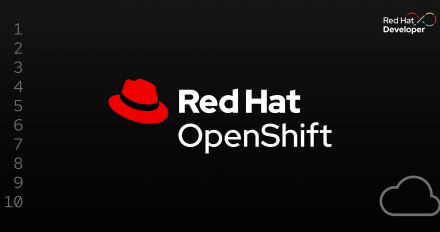
Learn how OpenShift Lightspeed performed when asked handle complex OpenShift scenarios, such as application security and advanced configurations.

Explore OpenShift Lightspeed through a certification-like exercise, pitting the AI assistant against real-world OpenShift certification questions.

Discover how to deploy compressed, fine-tuned models for efficient inference with the new Axolotl and LLM Compressor integration.

Red Hat OpenShift 4.19 brings a new unified perspective, AI chat assistant OpenShift Lightspeed, simultaneous VM migrations, and other features for developers.

Learn how to run vLLM on CPUs with OpenShift using Kubernetes APIs and dive into performance experiments for LLM benchmarking in this beginner-friendly guide.
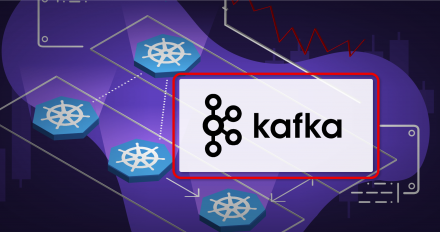
Discover why Kafka is the foundation behind modular, scalable, and controllable AI automation.
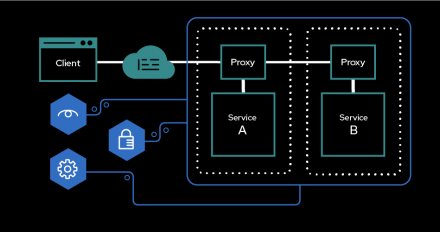
Learn how to secure, observe, and control AI models at scale without code changes to simplify zero-trust deployments by using service mesh.

Explore using RamaLama to run private AI inference in cloud development environments and improve productivity. Follow this tutorial to get started.
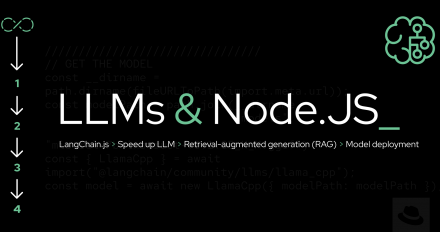
Enhance your Node.js AI applications with distributed tracing. Discover how to use Jaeger and OpenTelemetry for insights into Llama Stack interactions.

Learn how to deploy a Whisper model on Red Hat AI Inference Server within a RHEL 9 environment using Podman containers and NVIDIA GPUs for speech recognition.

Learn to build a chatbot leveraging vLLM for generative AI inference. This guide provides source code and steps to connect to a Llama Stack Swift SDK server.

Deploy AI at the edge with Red Hat OpenShift AI. Learn to set up OpenShift AI, configure storage, train models, and serve using KServe's RawDeployment.

Dive into the world of containers and Kubernetes with Podman Desktop, an open-source tool to empower your container development workflow, and seamlessly deploy applications to local and remote Kubernetes environments. For developers, operations, and those looking to simplify building and deploying containers, Podman Desktop provides an intuitive interface compatible with container engines such as Podman, Docker, Lima, and more.
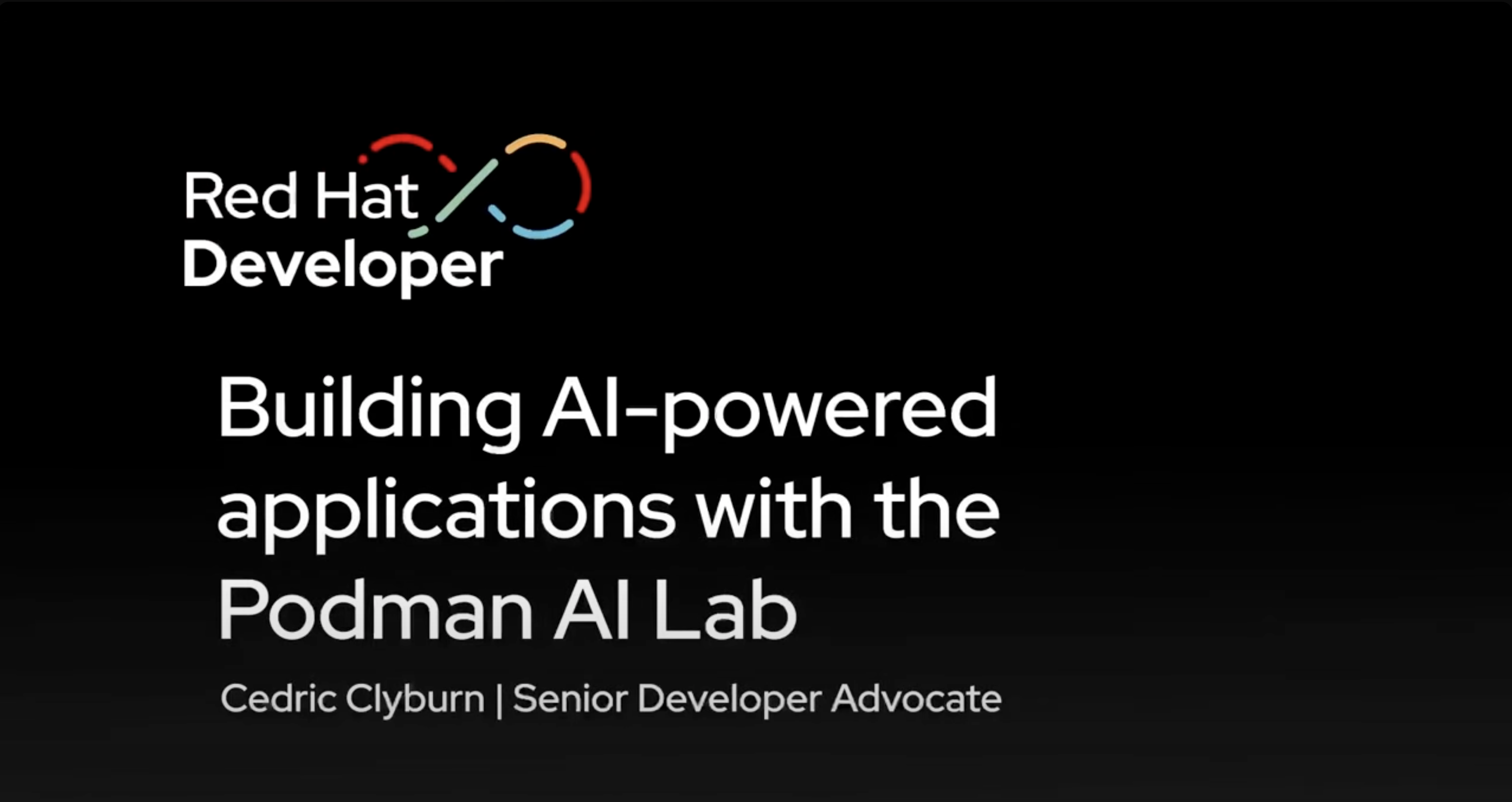
Learn about the Podman AI Lab and how you can start using it today for testing and building AI-enabled applications. As an extension for Podman Desktop, the container & cloud-native tool for application developers and administrators, the AI Lab is your one-stop-shop for popular generative AI use cases like summarizers, chatbots, and RAG applications. In addition, from the model catalog, you can easily download and start AI models as local services on your machine. We'll cover this and more, and be sure to try out the Podman AI Lab today!
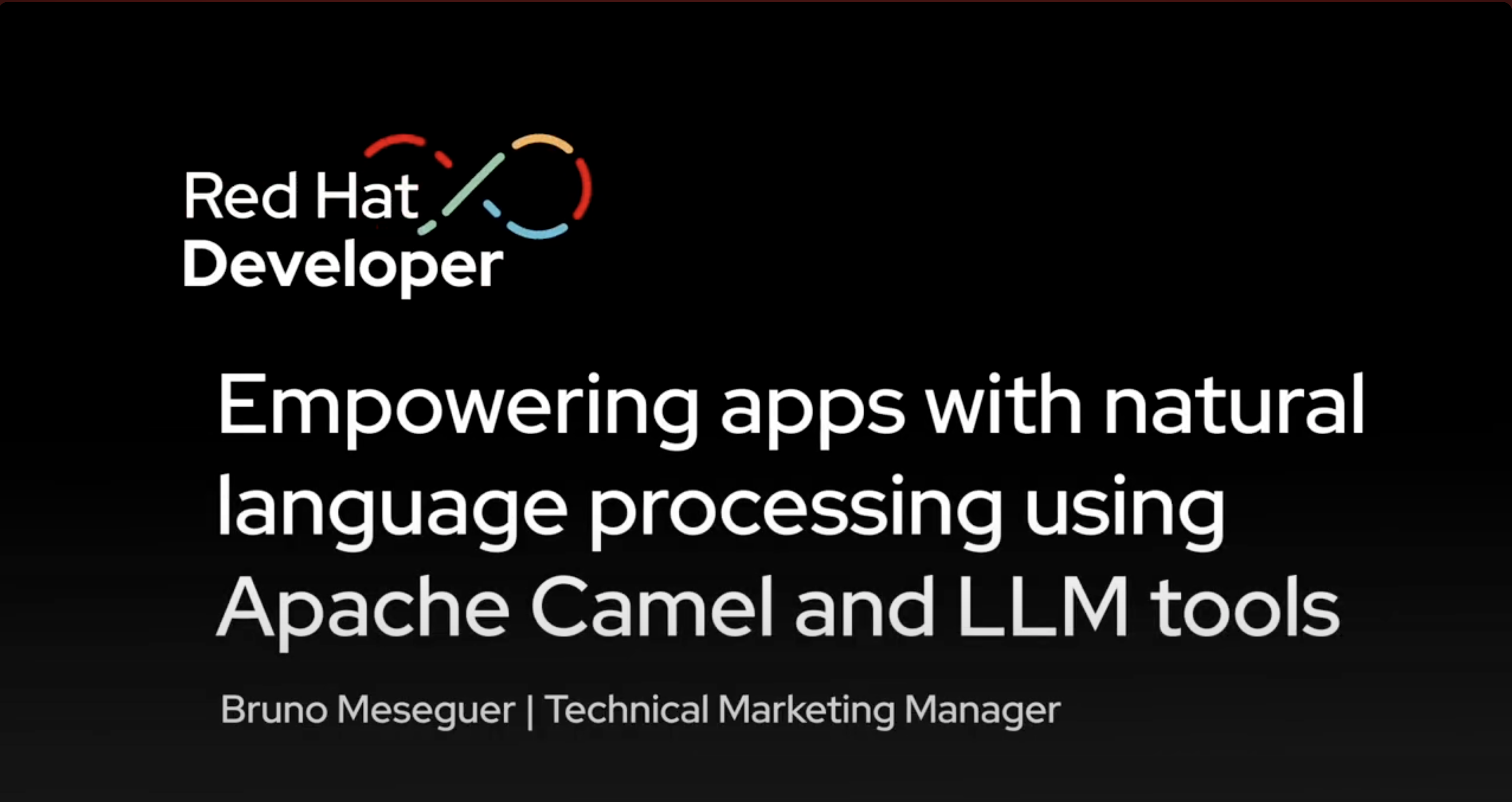
Learn to harness the power of natural language processing by creating LLM tools with Apache Camel's low-code UI. Engage with this interactive tutorial in the Developer Sandbox for a hands-on experience.
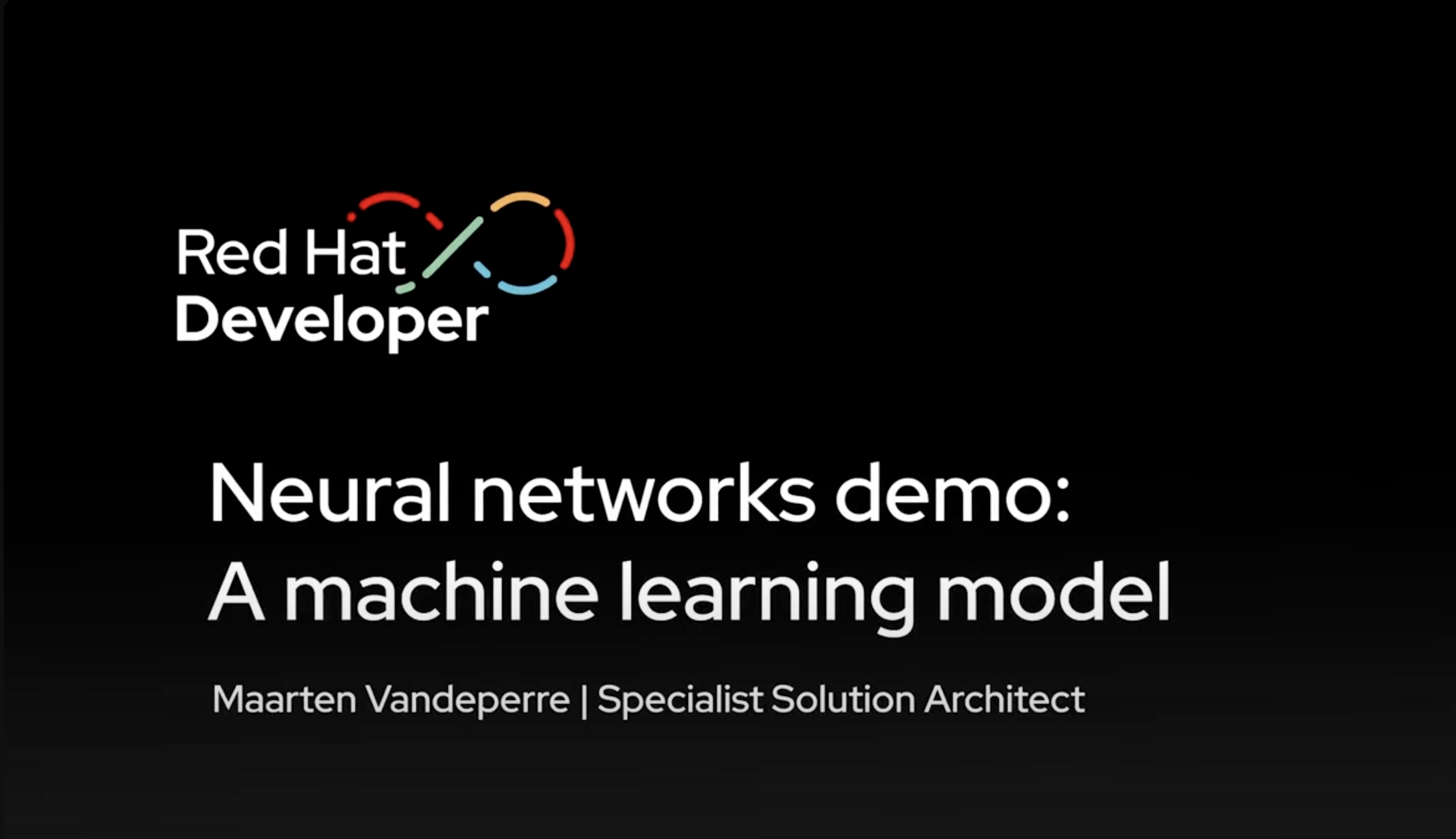
In this video, Maarten demonstrates a neural network and how it works in AI/ML models. Neural networks are a class of ML models inspired by the human brain, made up of interconnected units of neurons, or nodes. Neural networks are the foundation of many AI applications, including image recognition, speech processing, and natural language understanding.
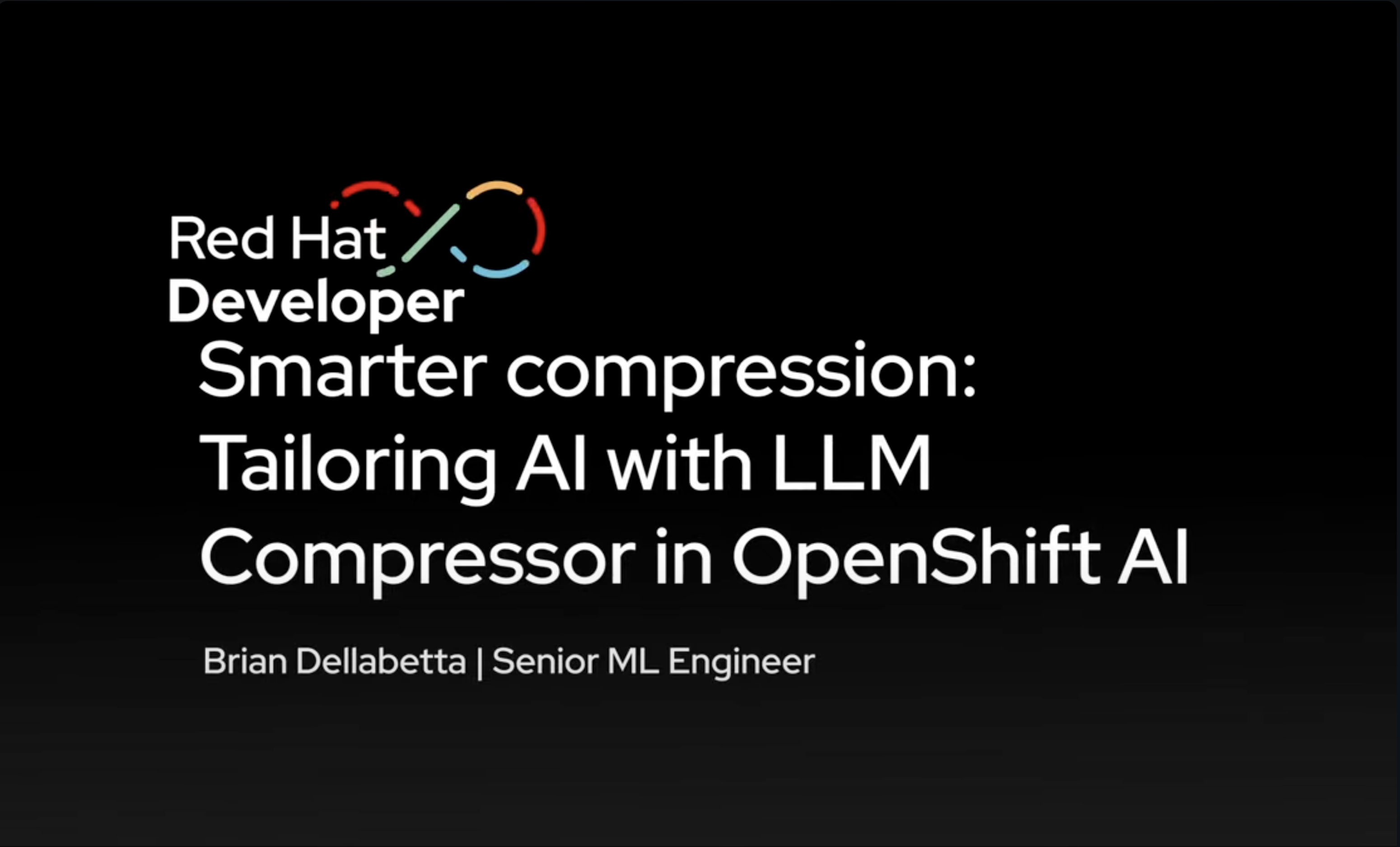
In this recording, we demonstrate how to compose model compression experiments, highlighting the benefits of advanced algorithms requiring custom data sets and how evaluation results and model artifacts can be shared with stakeholders.

Learn how to control the output of vLLM's AI responses with structured outputs. Discover how to define choice lists, JSON schemas, regex, and more.

Learn how Podman AI Lab and RamaLama work together to simplify local AI model execution, using containers and GPU support for faster, easier AI development.